Chungjang-ro Street (충장로)
8.6Km 2023-11-17
Jungjang-ro, Dong-gu, Gwangju
+82-62-608-2221
Chungjang-ro Street is Gwangju’s major fashion district, comparable with Myeongdong Street of Seoul. The streets of Chungjang-ro are lined with shopping malls, clothing stores, restaurants, cafes, movie theaters and various other attractions, providing the ultimate experience of modern culture in Gwangju. It is the city's hub of fashion, both trendy and traditional, as well as venue for diverse performances.
1960 Cheongwonmomil (1960 청원모밀)
8.6Km 2020-05-04
174-1, Jungang-ro, Dong-gu, Gwangju
+82-62-222-2210
1960 Cheongwonmomil is a popular restaurant on Chungjang-ro Street, serving buckwheat noodles since 1960. It features white tables along with bright lighting. The representative menu is momil guksu, attracting people's appetite. Also, they offer kkakdugi (diced radish kimchi) made in-house.
Chonnam National University Museum (전남대학교 박물관)
8.6Km 2025-01-02
77 Yongbong-ro, Buk-gu, Gwangju
The Cheonnam National University Museum showcases a variety of domestic and international works on history, anthropology, culture, and folklore, along with providing research materials. Initially established as a research center for the faculty and students, the museum has evolved into its current form since 2002. Visitors can explore exhibitions on diverse topics and immerse themselves in different cultures at the learning center of the museum.
Namgwangju Market (남광주시장)
8.7Km 2023-11-20
117 Yangnim-ro, Dong-gu, Gwangju
+82-62-226-1101
Namgwangju Market formed naturally in the area around the old Namgwangju Station, selling everything from seafood and fresh produce to household items. The market suffered a lot when the train station was closed, but it is still very famous for fresh fish, which comes in every morning between 2 and 5 AM. Due to this, there are many raw fish restaurants in the area, with fresh fish and very affordable prices.
Jeil Banjeom (제일반점)
8.7Km 2024-03-20
174 Guseong-ro, Dong-gu, Gwangju
062-224-6670
Located on Chungjang-ro Street in Gwangju, Jeil Banjeom has been a culinary staple since the 1960s. Operated by a Chinese immigrant, it has garnered popularity for its traditional dishes. The signature yennal jjajang is a classic take on black bean sauce noodles, featuring stir-fried black bean paste, a mix of vegetables, potatoes, and specially selected cuts of pork. Another highlight is the tangsuyuk, a dish of deep-fried pork sirloin coated in a sweet and sour sauce. A local favorite, the restaurant is known for being particularly bustling during lunch hours.
Damyang Songgangjeong Pavilion (담양 송강정)
8.7Km 2021-05-14
232, Songgangjeong-ro, Damyang-gun, Jeollanam-do
+82-61-380-2811
Songgangjeong pavilion is located in Wongang-ri, Damyang-gun, Jeollanam-do. It was registered as Jeollanam-do Provincial Monument No. 1 on January 29, 1972.
Joseon dynasty poet Jeong Cheol (pen name, Songgang) composed his famed poem “Samiingok” from this pavilion. Next to it presently stands the Samingok memorial stone. The two structures at this site, Hwanbyeonkdang and Sigyeongjeong, are collectively referred to as
the “Relics of Jeong Songgang.”
Palace Tourist Hotel (파레스 관광호텔)
8.7Km 2025-08-18
13, Jungang-ro 160beon-gil, Dong-gu, Gwangju
+82-62-222-2525
Palace Tourist Hotel is located only a six-minute walk from Geumnamro 4(sa)-ga Station on Gwangju Subway Line 1. Nearby attractions within walking distance include Gwangju Art Street and Yangdong Market.
Geumnam-ro Street (금남로)
8.7Km 2025-08-13
Geumnan-ro, Dong-gu, Gwangju
Geumnam-ro Street used to be in the government office quarters, and is now the center of the city's finacial sphere, with many banks, insurance companies and public offices lining the street. During the May 18 Movement, the citizens gathered at Geumnam-ro Steet and marched together to express their sadness and give support for the sublimation of the nation. In modern times, the street serves as a meeting space for citizens, with an underground shopping mall and a plaza around a fountain, where events and performances freely take place.
ER NC Department Store - Gwangju Branch [Tax Refund Shop] (ER NC백화점 광주)
8.7Km 2024-04-23
249, Gyeongyeol-ro, Buk-gu, Gwangju
-
Yumyeong Hoegwan (유명회관)
8.7Km 2021-05-14
18, Geumnam-ro 131 Beon-gil, Buk-gu, Gwangju
+82-62-512-5574
Even before the mad cow disease crisis, Yumyeong Hoegwan has only been serving locally-bred hanu beef. The fresh meat, sirloin, and prime ribs are delicious and they also use rice and kimchi made in Korea. The restaurant has a lot of business and group customers, but it is also good for family occasions, wedding receptions, and other social gatherings.

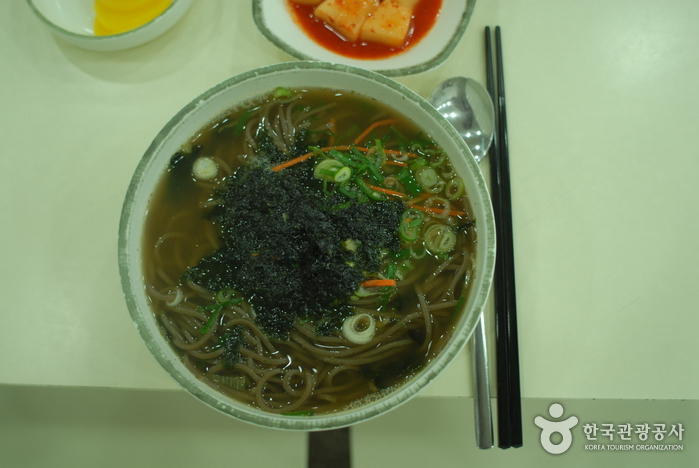
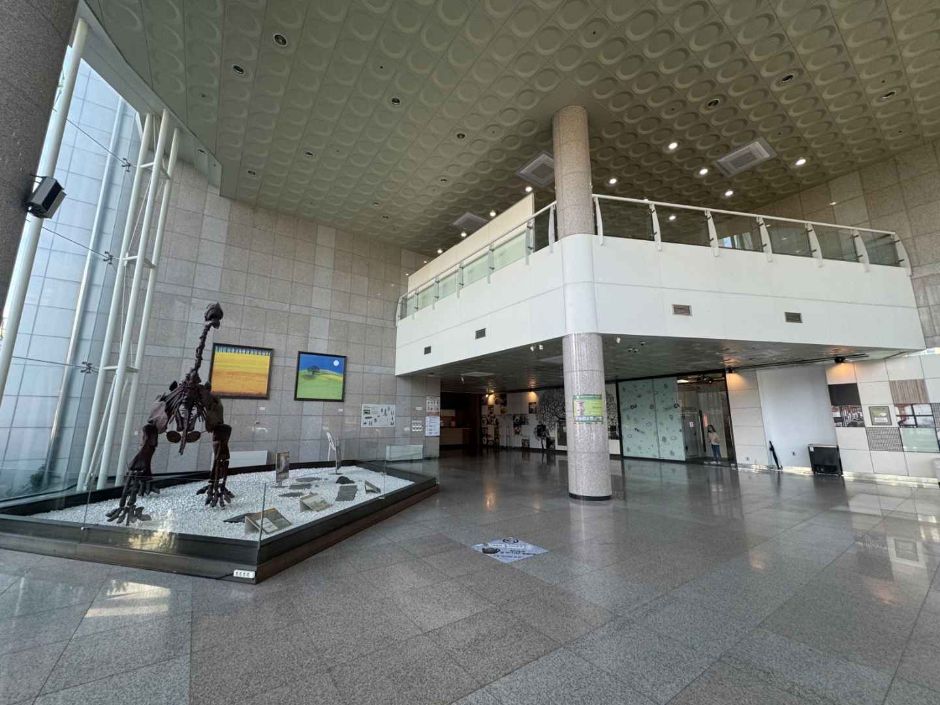
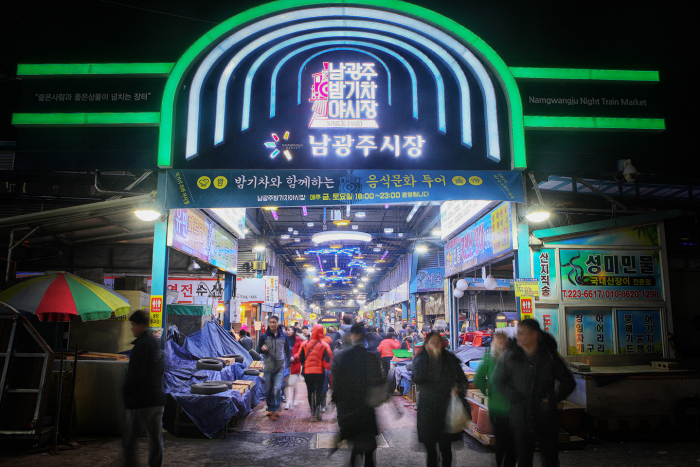
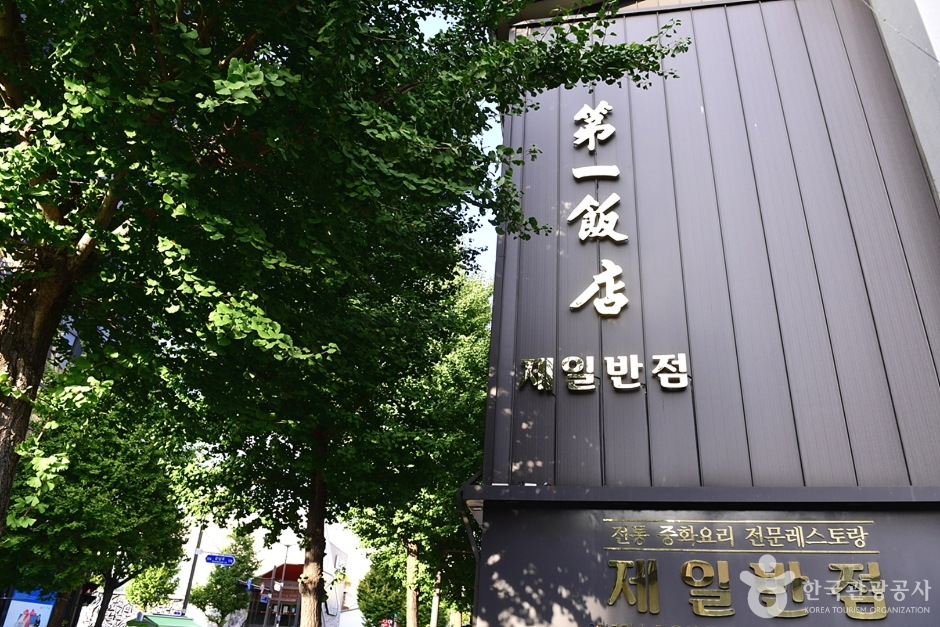
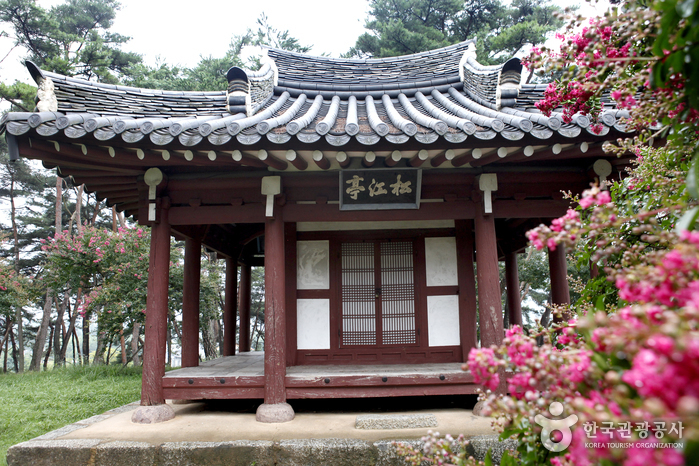
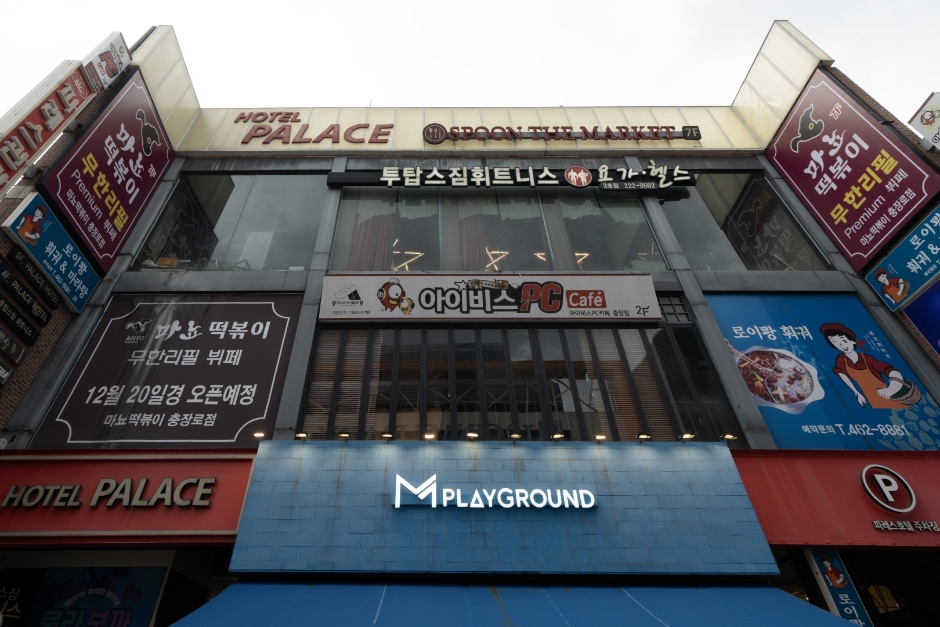
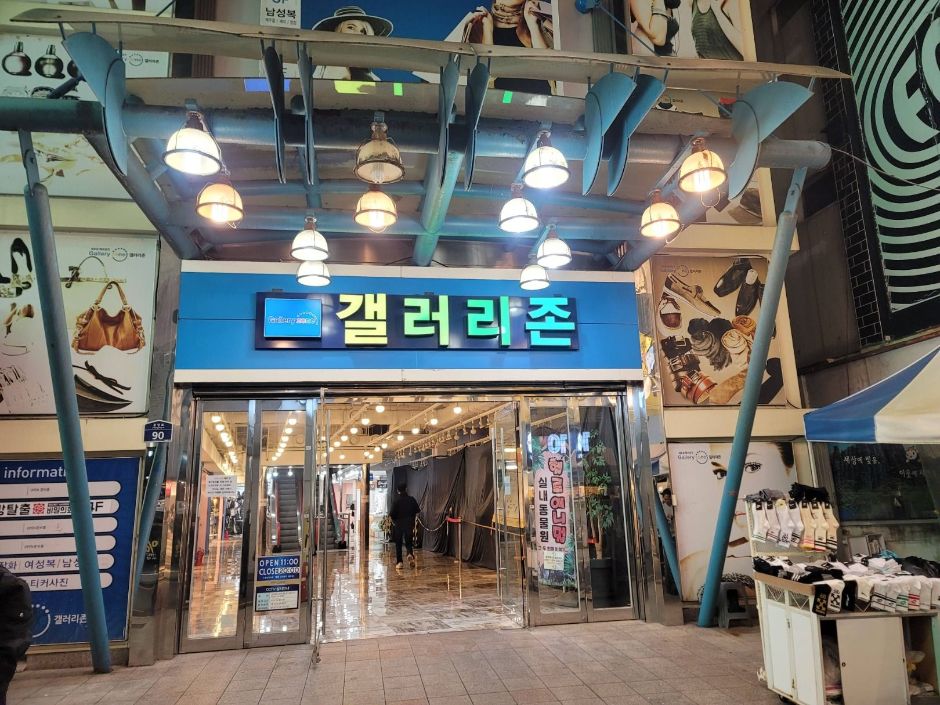
![ER NC Department Store - Gwangju Branch [Tax Refund Shop] (ER NC백화점 광주)](http://tong.visitkorea.or.kr/cms/resource/32/2886832_image2_1.jpg)
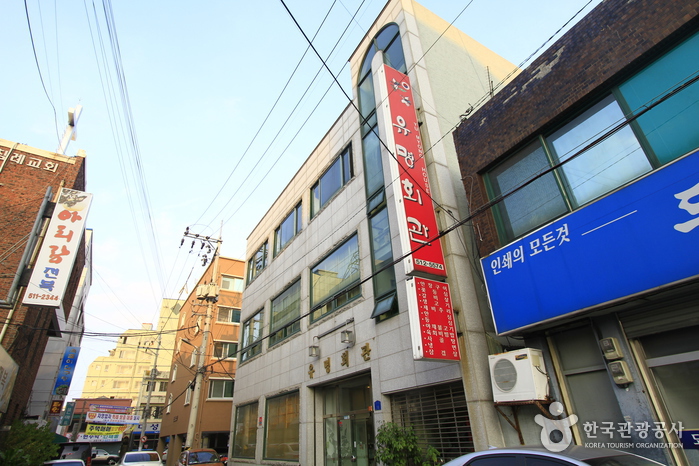
 English
English
 한국어
한국어 日本語
日本語 中文(简体)
中文(简体) Deutsch
Deutsch Français
Français Español
Español Русский
Русский